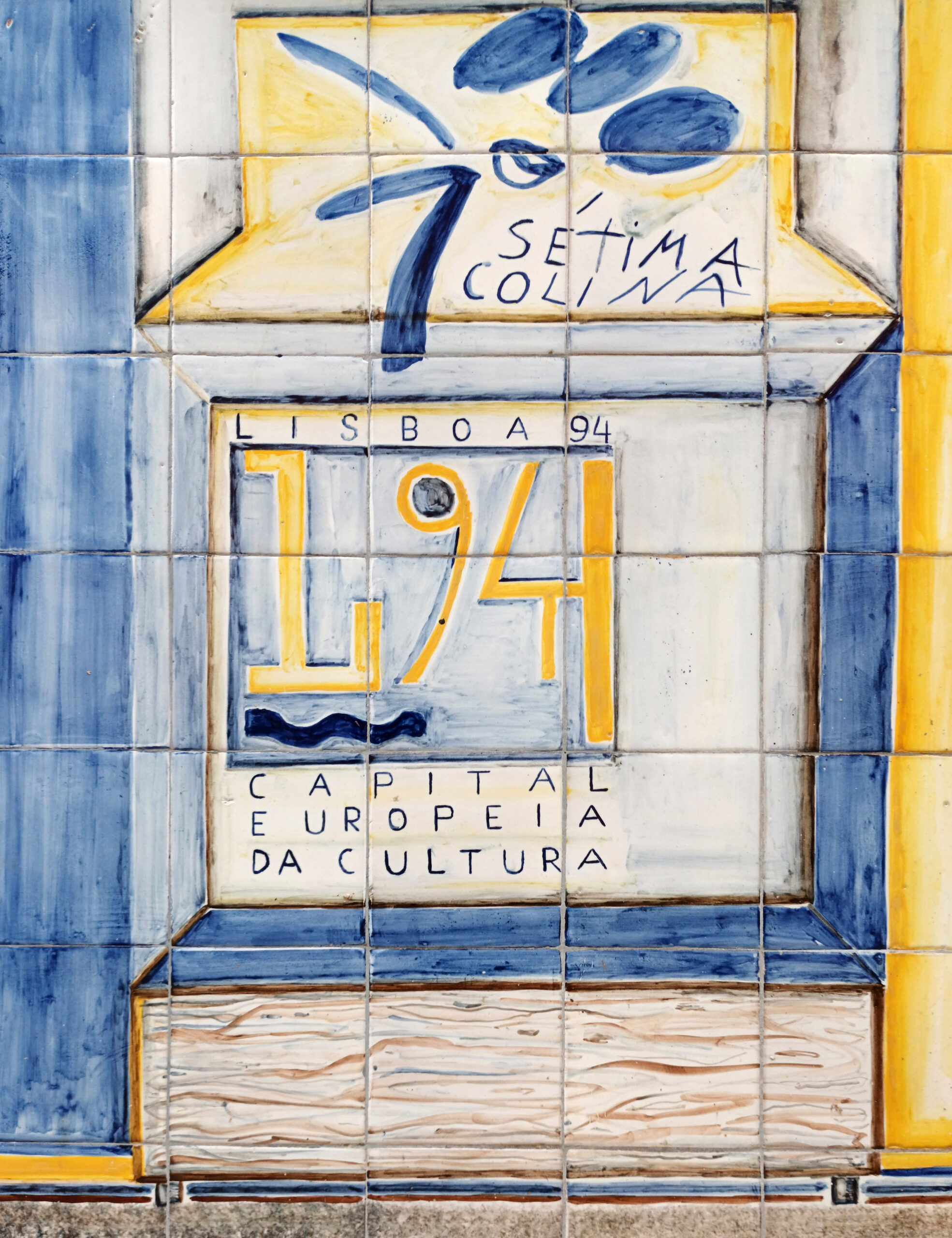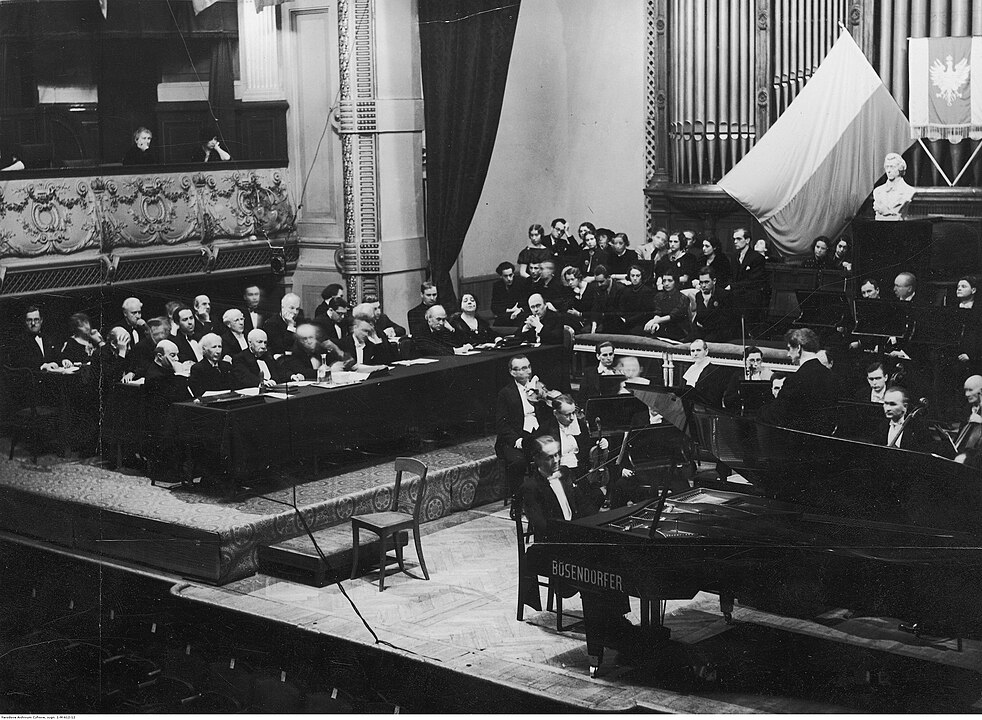Contrary to previous studies focusing on the number of sites included in the World Heritage List (WHL), “More is Worse: the evolution of quality of the UNESCO World Heritage List and its determinants” analyses the evolution of the quality of UNESCO World Heritage sites from 1972 till 2016, revealing that enlarging the number of inscribed sites in the WHL Is characterized by decreasing marginal quality of newly added sites.
In 2023, the United Nations Education, Scientific and Cultural Organization (UNESCO) selected 42 new heritage sites to join the now iconic UNESCO World Heritage List (WHL). It is supposed to contain a selection of the most outstanding heritage in the world; being listed is highly desirable for many. One may be surprised to discover that the new additions to the List are not as remarkable as expected. Indeed, most of the recently listed heritage sites are little-known tourist destinations. They, however, share the same label of uniqueness as the most appreciated heritage in the world, such as Venice or the Taj Mahal. For example, based on the recent inclusion in the List, the archaeological site of Gordion (Turkey) is considered equally outstanding as the historic areas of Istanbul. Similarly, the Austrian cities of Salzburg and Vienna are equivalent to Erfurt, Germany. But are they?
Preserving and promoting cultural heritage often involves extensive list-making; UNESCO leads the charge, as it designated 1199 World Heritage (WH) sites globally by 2023. Despite being so widely adopted, regulating the preservation of cultural heritage through listing policies has been questioned. Countries’ financial resources are limited and not all cultural capital can be preserved. Therefore, experts and organizations should identify some criteria for selecting the heritage sites to be preserved. The discriminating condition is often based on the “quality” or “value” of the sites. In the UNESCO case, for example, the WHL should include the “cultural and natural heritage (that) are of outstanding interest” (UNESCO, 1972). The very extension of the WHL, however, questions the List’s credibility as a selection of “the very best”. This debate is complicated by the fact that the concept of quality is challenging to define, and it is culturally sensitive, if not altogether subjective. This ambiguity could strengthen the discretion of the experts who make the decision concerning the inscription (Klamer et al., 2013) and opens the door to rent-seeking practices and lobbying activities (Frey & Steiner,2011; Bertacchini & Saccone, 2012; Bertacchini et a., 2016) In the UNESCO case, a credible selection of the sites is a principal concern for the organisation since it allows it to preserve its well-established international reputation.
To study this phenomenon, we first need to delve into how the quality of cultural heritage can be gauged; so to unveil the heterogeneity of the WHL with respect to the quality of heritage sites. Referring to the previous examples, Gordion makes it in the WHL as “it represents the best-surviving testimony to Phrygian civilisation”. Istanbul, however, “is an outstanding set of monuments, architectural and technical ensembles that illustrate very distinguished phases of human history”. These different values embedded in specific heritage sites can be captured by the number of criteria of Outstanding Universal Value (OUV) a site satisfies at the moment of inscription. Indeed, to be included in the WHL, a site should fulfil at least 1 out of 10 cultural and/or natural criteria. In this example, Gordion met 1 out of 6 cultural criteria, while Istanbul satisfied 4 out of 6 criteria.
The traditional literature on the credibility of the WHL focuses on the geographical unbalance in the distribution of the sites (Steiner & Frey, 2012). As shown in Figure 1, most of the sites inscribed in the WHL are in Europe. Contrary to conventional discourse around UNESCO WHL, however, our paper shifts the attention from the number of WHL sites inscribed by countries to the quality of these sites. We use the number of criteria of OUV as a proxy for sites’ quality. Using these metrics reveals that Europe, despite being the continent with the largest number of inscriptions, it is not the one with the highest average quality (Figure 1). This fact raises the question of how the quantity and quality of sites are related. A deeper empirical analysis on WHL sites from 1972 to 2016 indicates a concerning trend: countries propose sites of diminishing quality over time, and this effect is most pronounced for countries with over 10 inscribed sites.

Figure 1. Distribution of WH sites by quantity and quality
By emphasising quality over quantity, this paper sheds light on the evolution of the WHL and it provides valuable insights for UNESCO’s future strategies. We investigate this issue by using an original proxy of the quality of the sites. We show that enlarging the number of inscribed sites in the WHL reduces the marginal quality of newly added sites. This should question the current UNESCO policies for the credibility of the WHL and highlight the trade-off between increasing cultural diversity and maintaining high selection barriers. The research underscores the importance of reevaluating established views and policies, offering a fresh perspective on the intricate interplay between cultural heritage, economics, and international recognition.
References
Bertacchini, E., Liuzza, C., Meskell, L., & Saccone, D. (2016). The politicization of UNESCO worldheritage decision making. Public Choice, 167, 95–129.
Bertacchini, E., & Saccone, D. (2012). Toward a political economy of World Heritage. Journal of Cultural Economics, 36, 327–352.
Klamer, Arjo. “The values of cultural heritage.” In Handbook on the economics of cultural heritage, pp. 421-437. Edward Elgar Publishing, 2013
Frey, B., & Steiner, L. (2011). World heritage list: does it make sense? International Journal of Cultural Policy, 17, 555–573.
Steiner, L. and Frey, B. S. (2012). Correcting the imbalance of the world heritage list: Did the UNESCO strategy work? Journal of International Organizations Studies, 3(1):25–40.
About this article
Dattilo, M., Padovano, F. & Rocaboy, Y. More is worse: the evolution of quality of the UNESCO World Heritage List and its determinants. J Cult Econ 47, 71–96 (2023). https://doi.org/10.1007/s10824-021-09439-y
About the authors of the blog
Martina Dattilo is an untenured assistant professor in the Department of Economics and Statistics at the University of Turin, Italy.
Fabio Padovano is full Professor at the University of Rennes, France.
About the image
chensiyuan, CC BY-SA 4.0, via Wikimedia Commons






